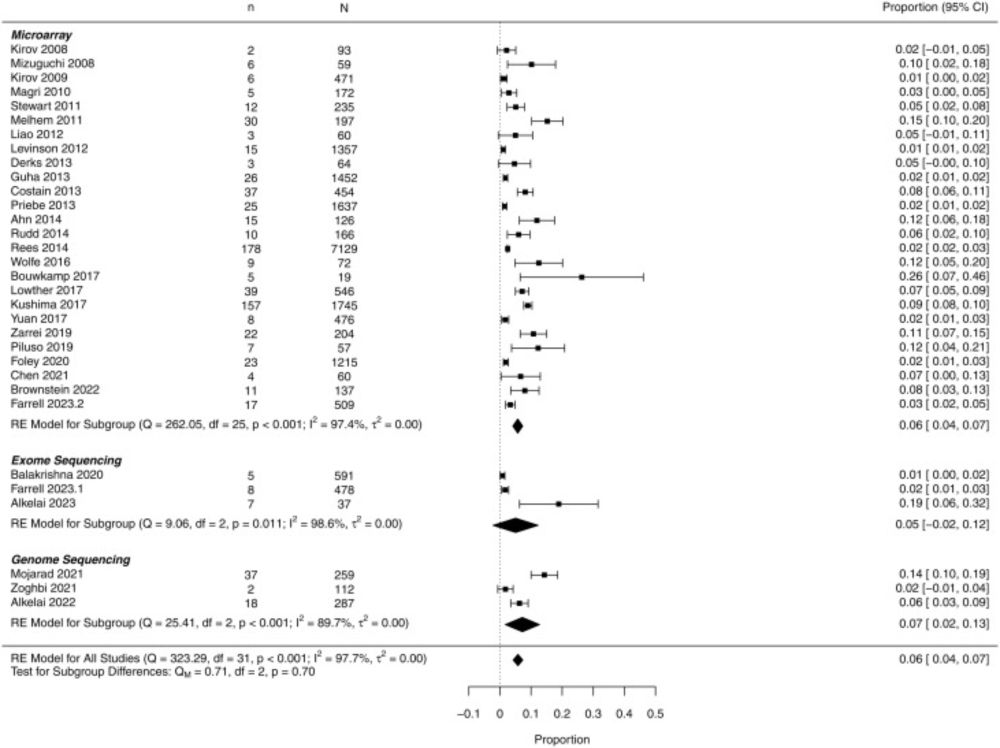Biological Psychiatry
@biologicalpsych.bsky.social
270 followers
300 following
29 posts
Official account for the Biological Psychiatry family of journals.
Publishing cutting-edge research in psychiatric neuroscience, cognitive neuroimaging, and global open science.
Posts
Media
Videos
Starter Packs
Reposted by Biological Psychiatry
Reposted by Biological Psychiatry




















